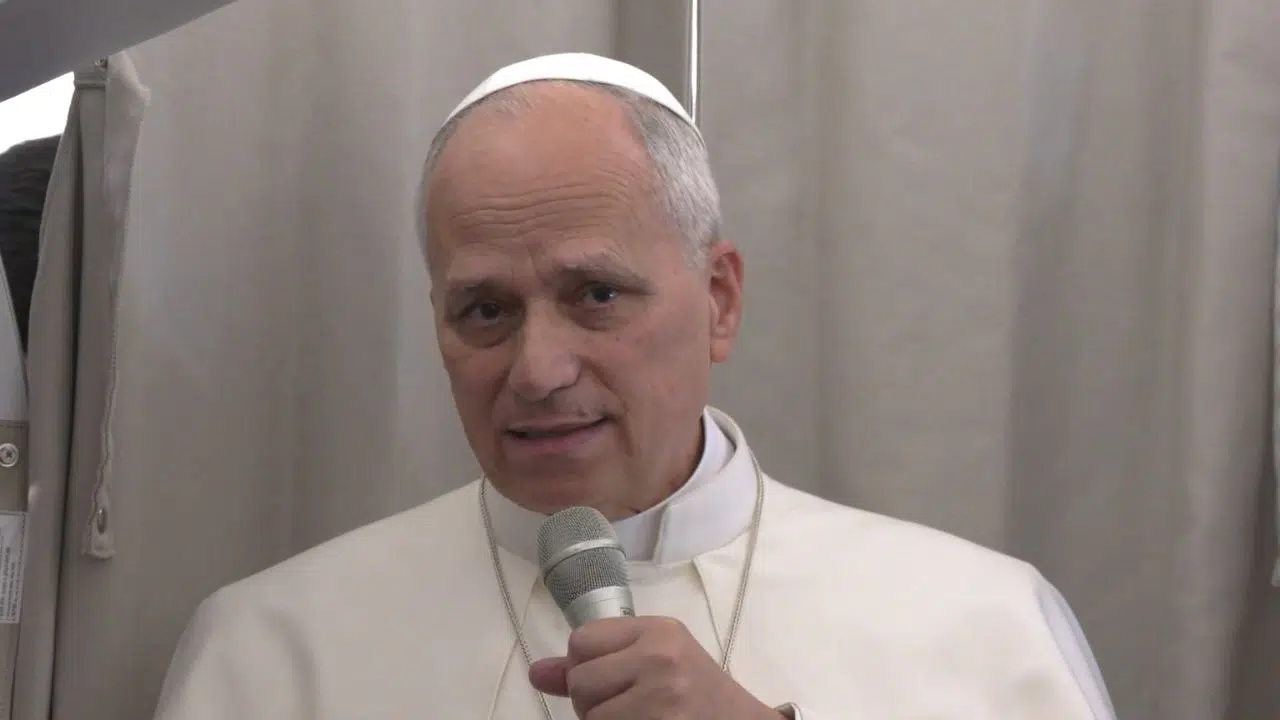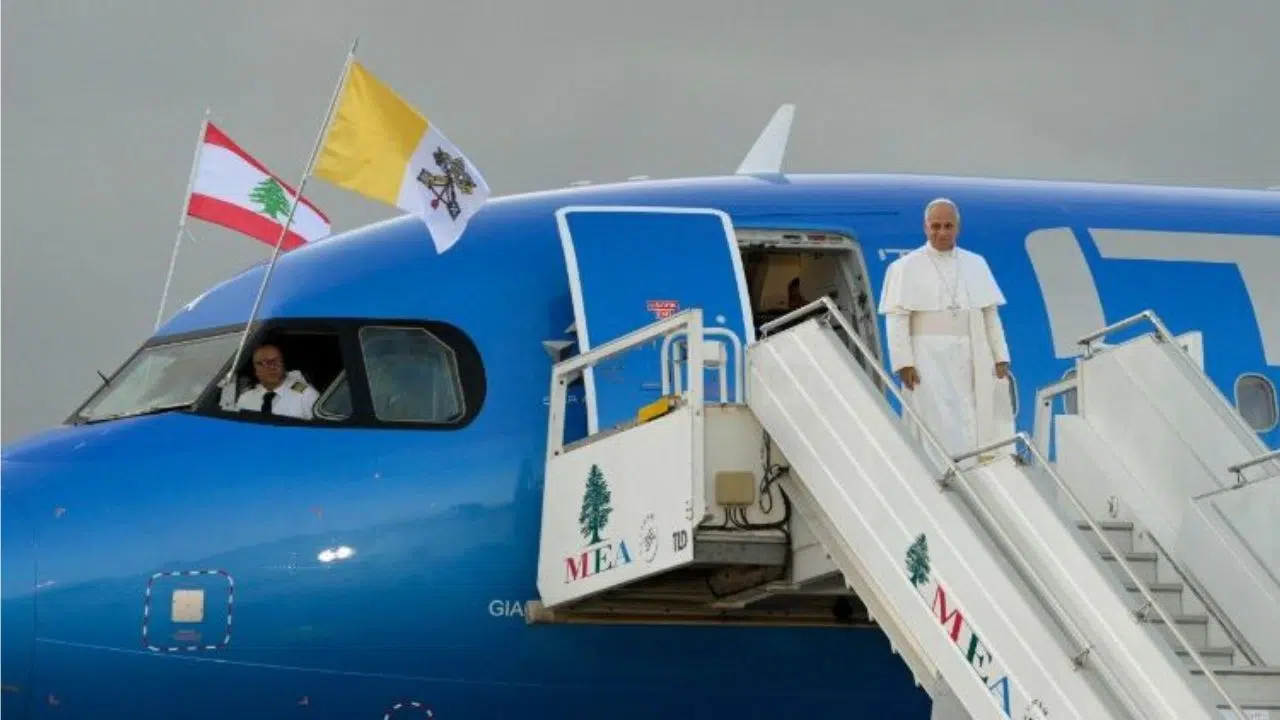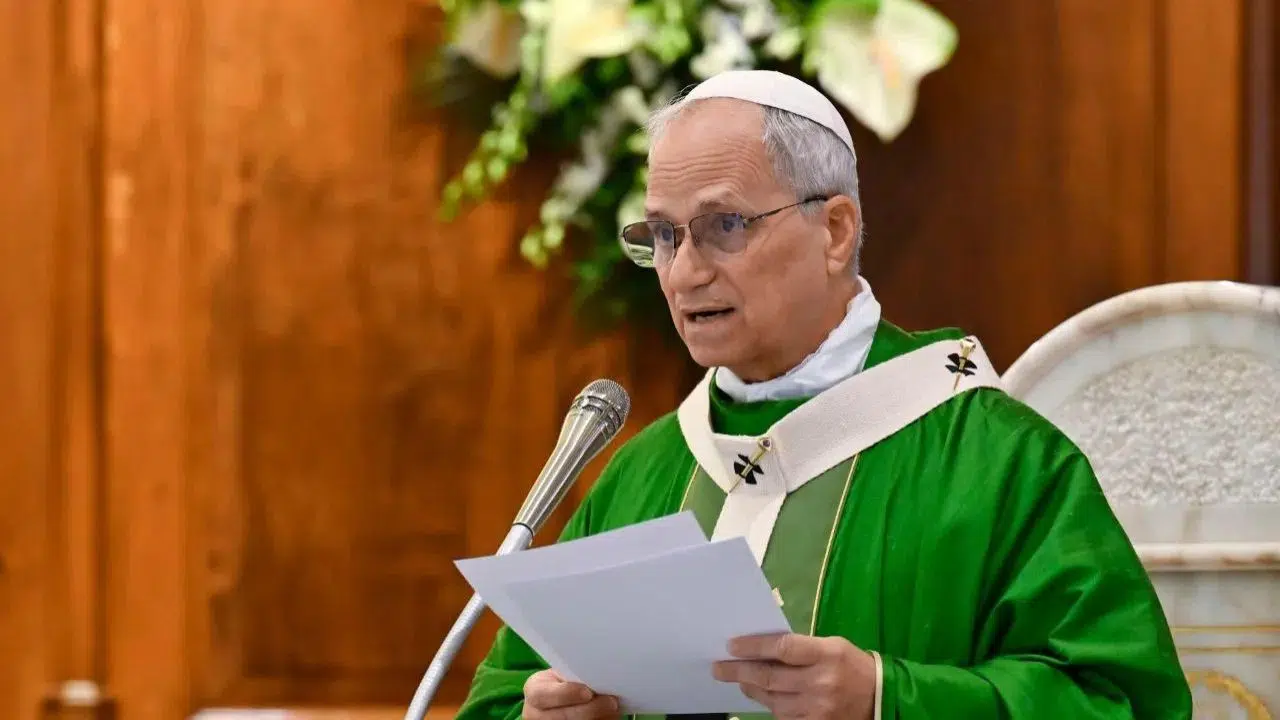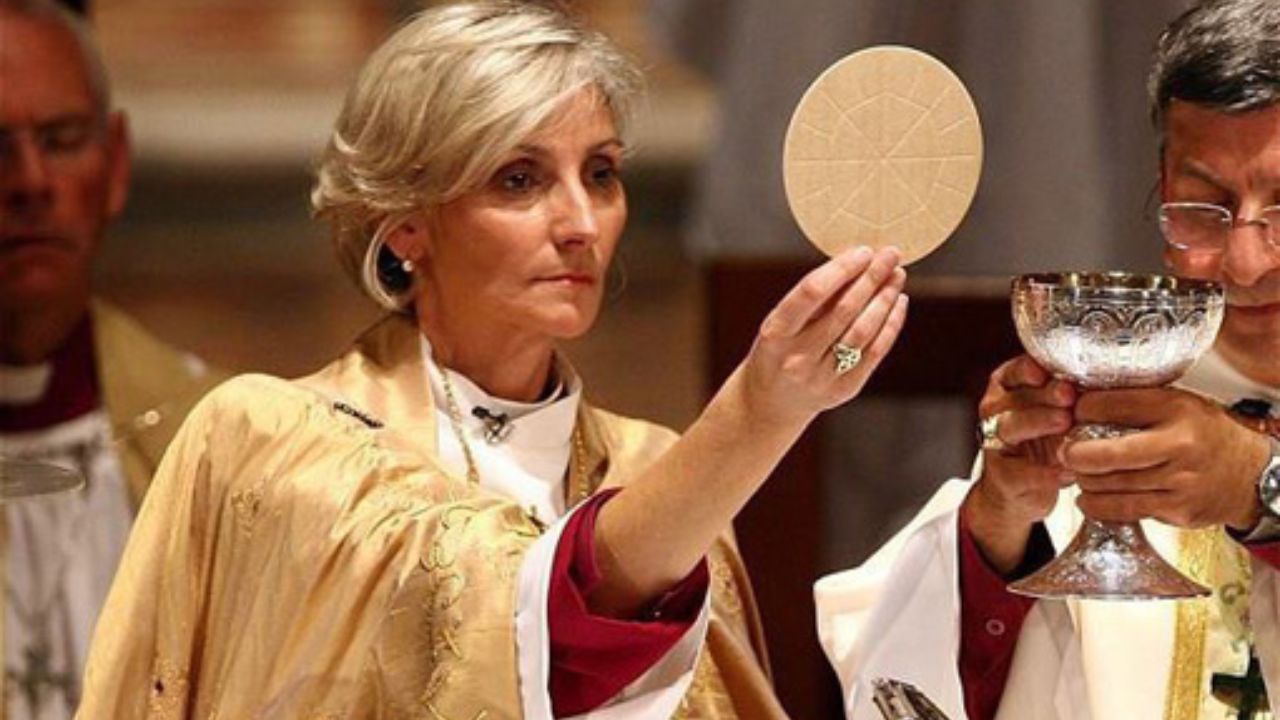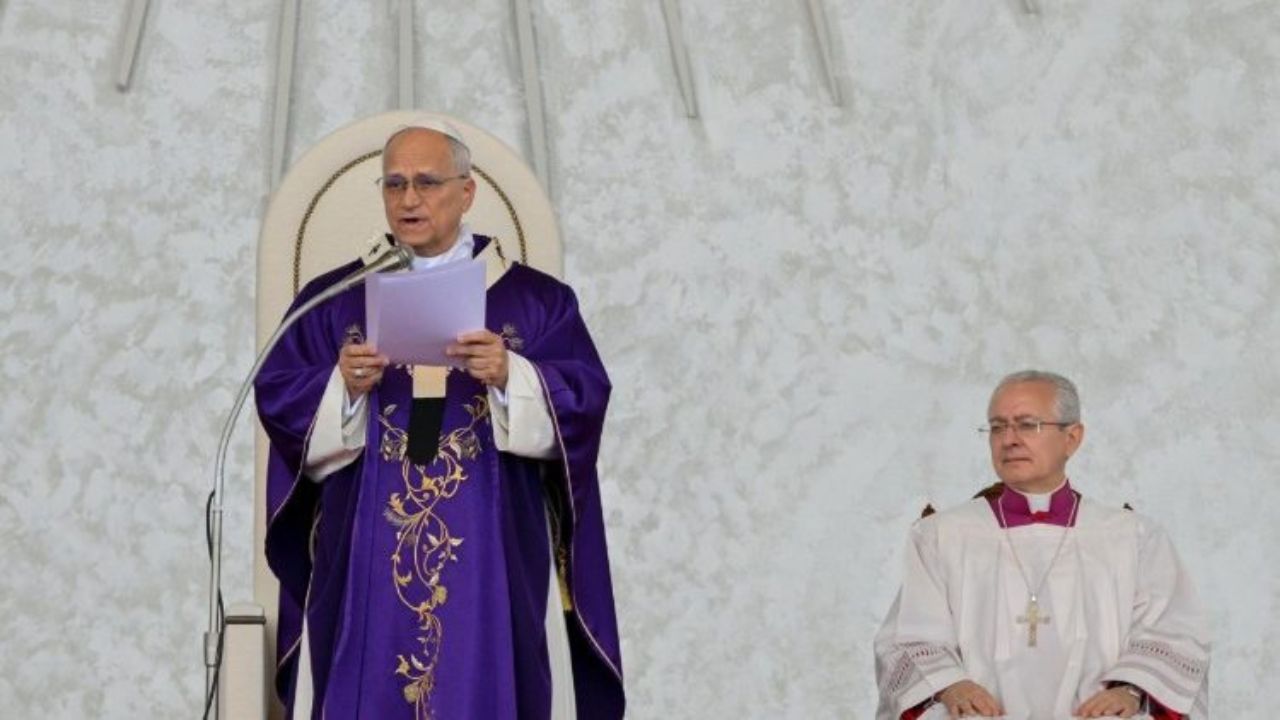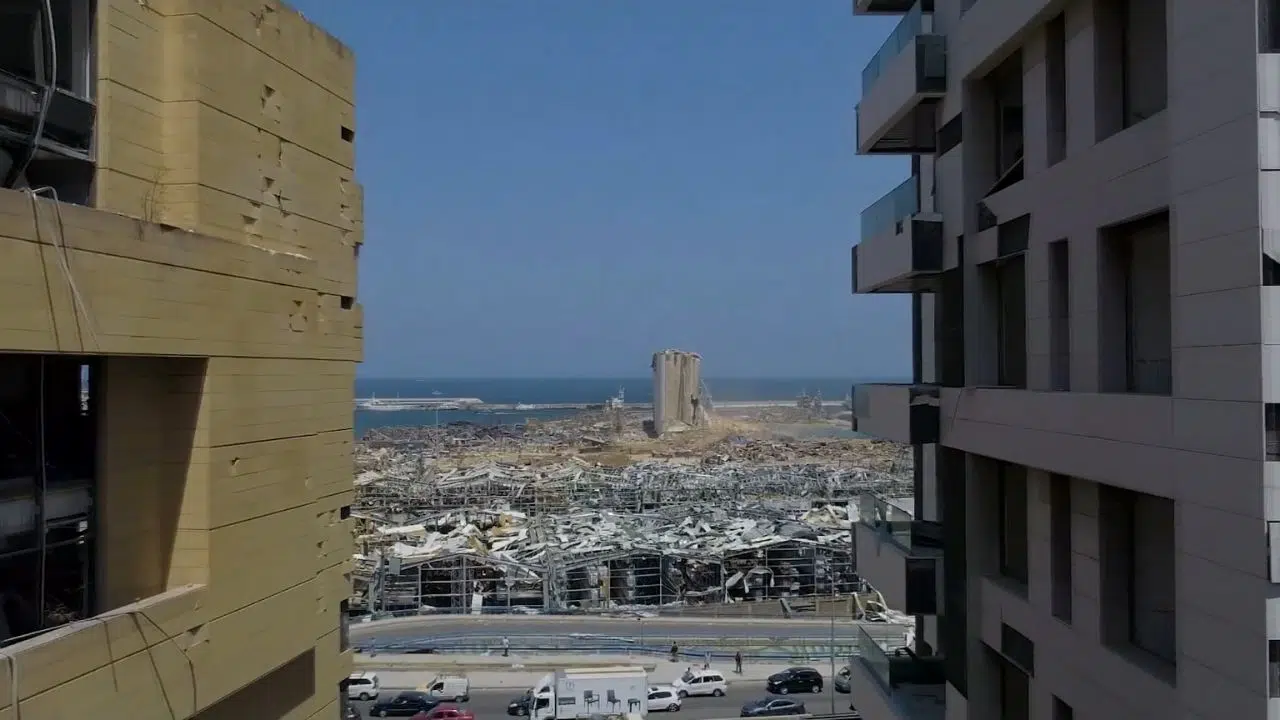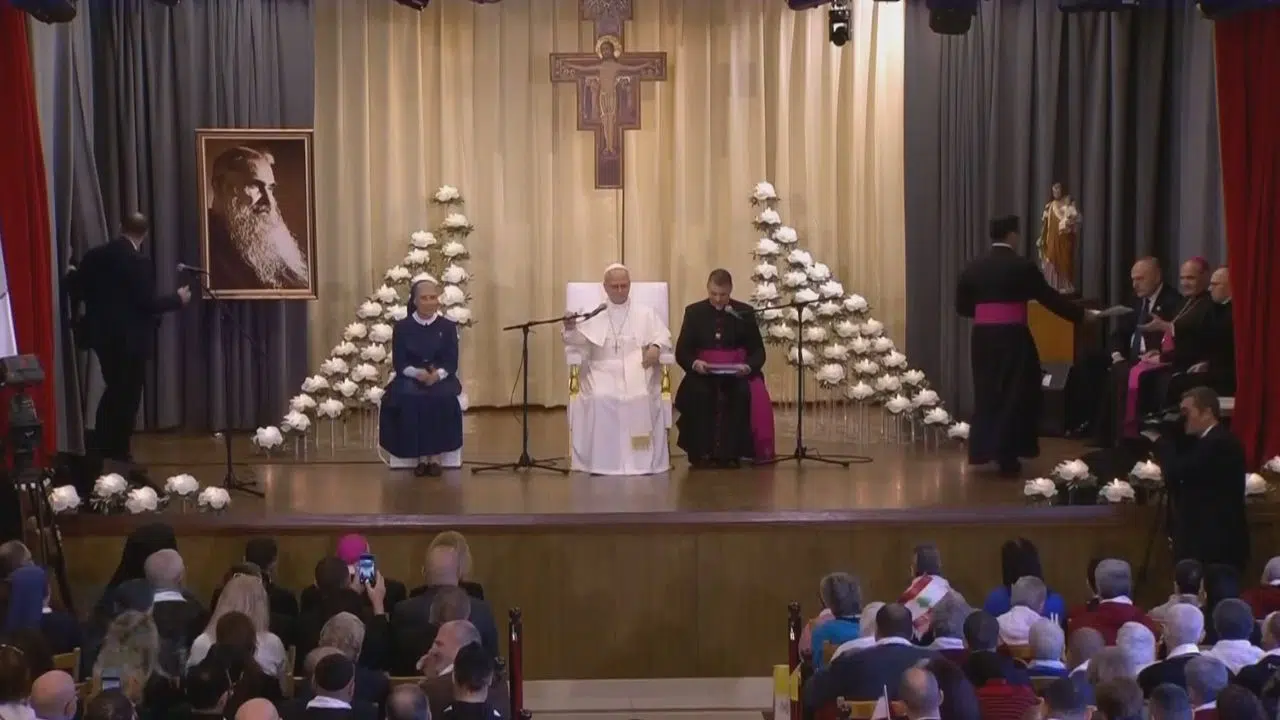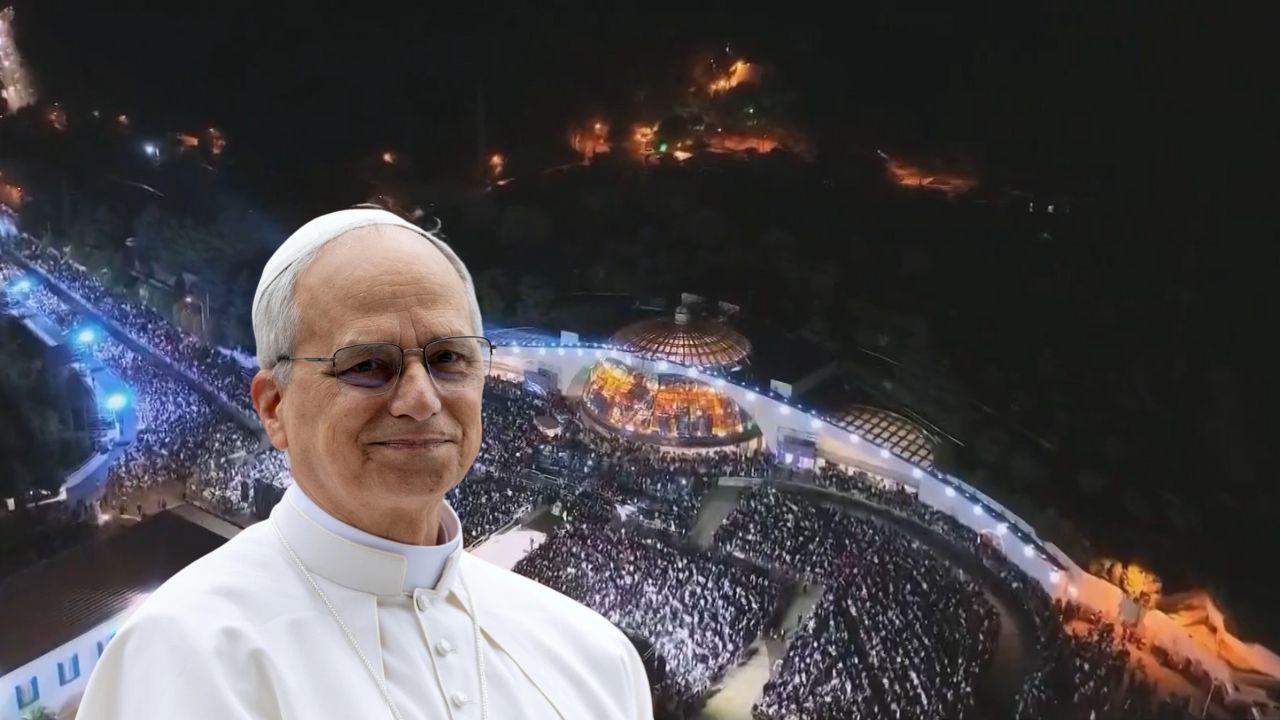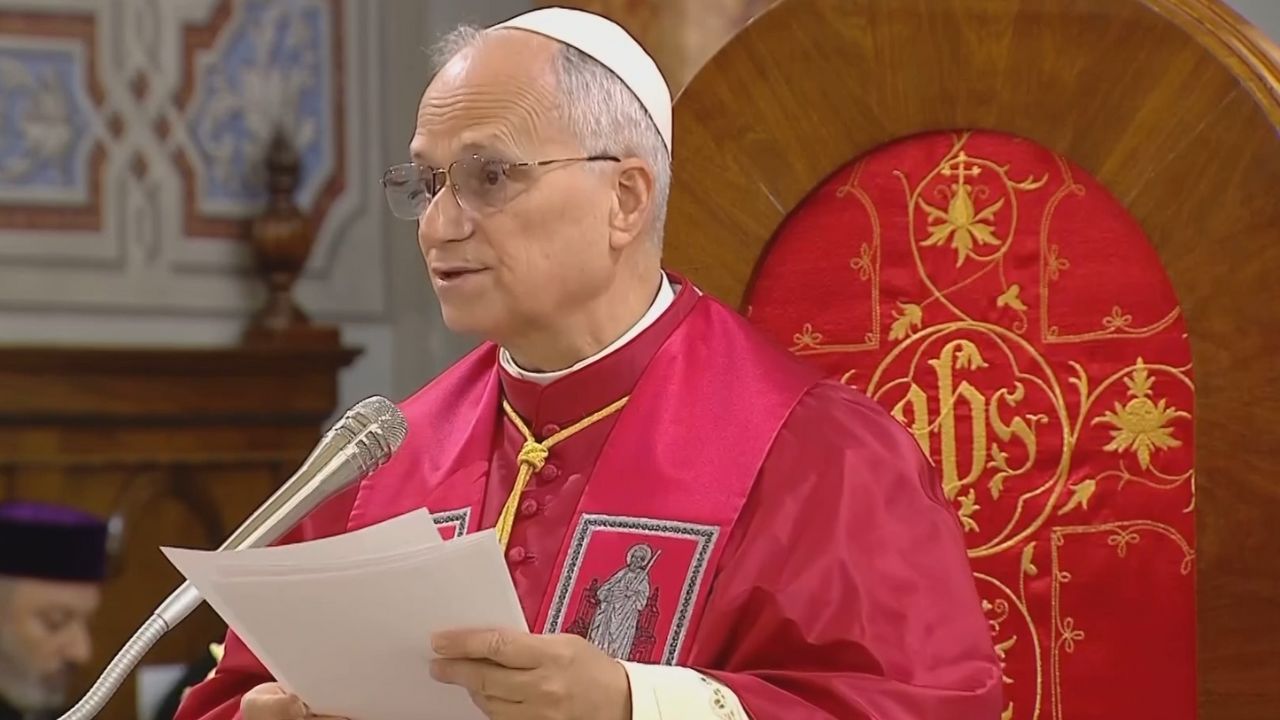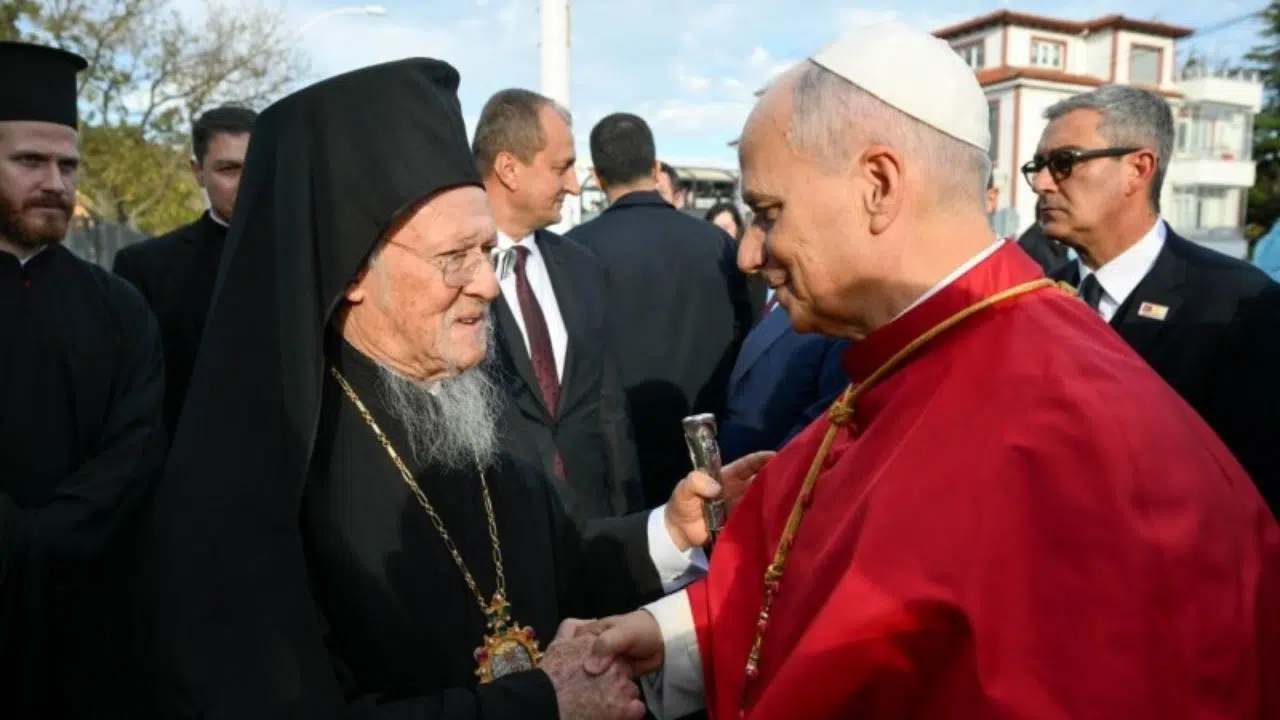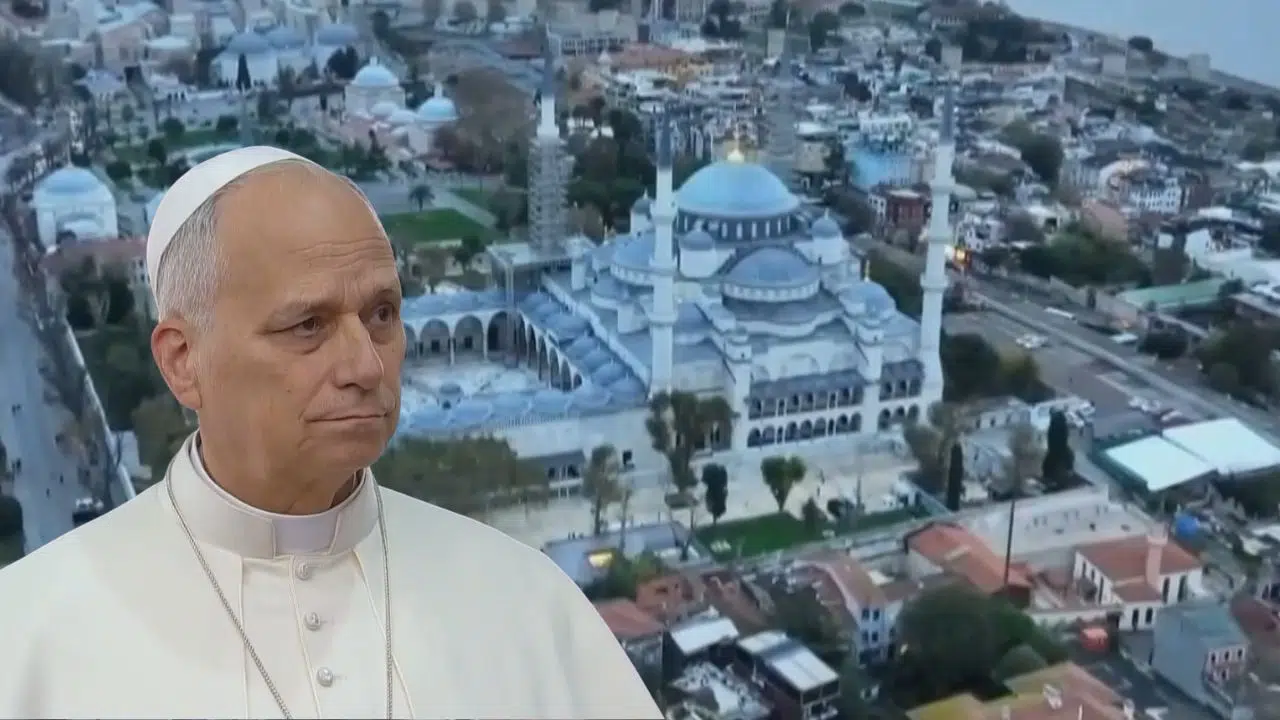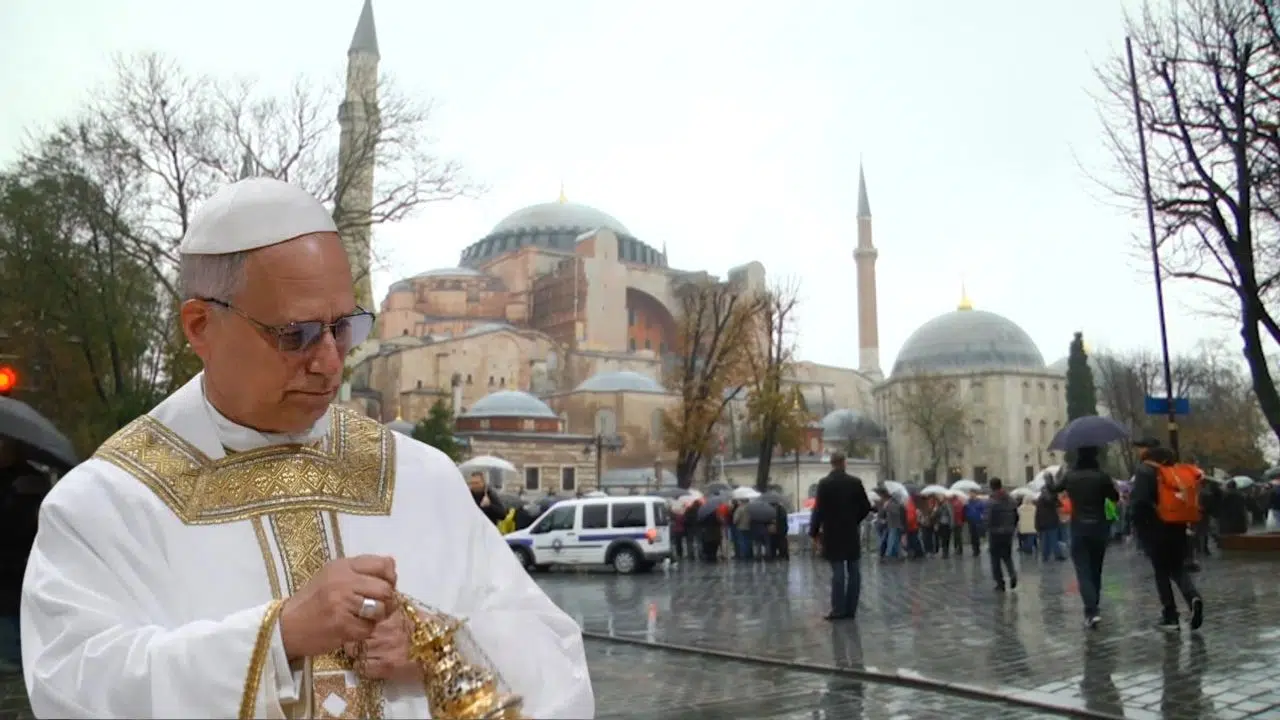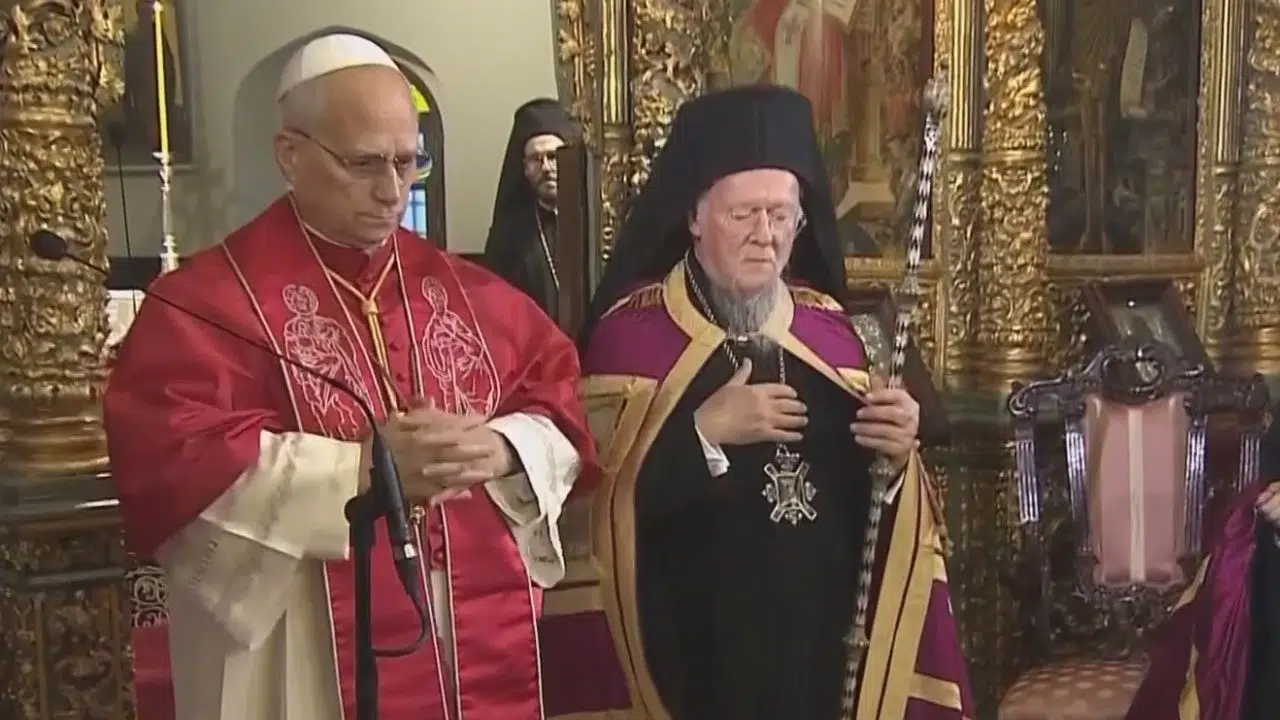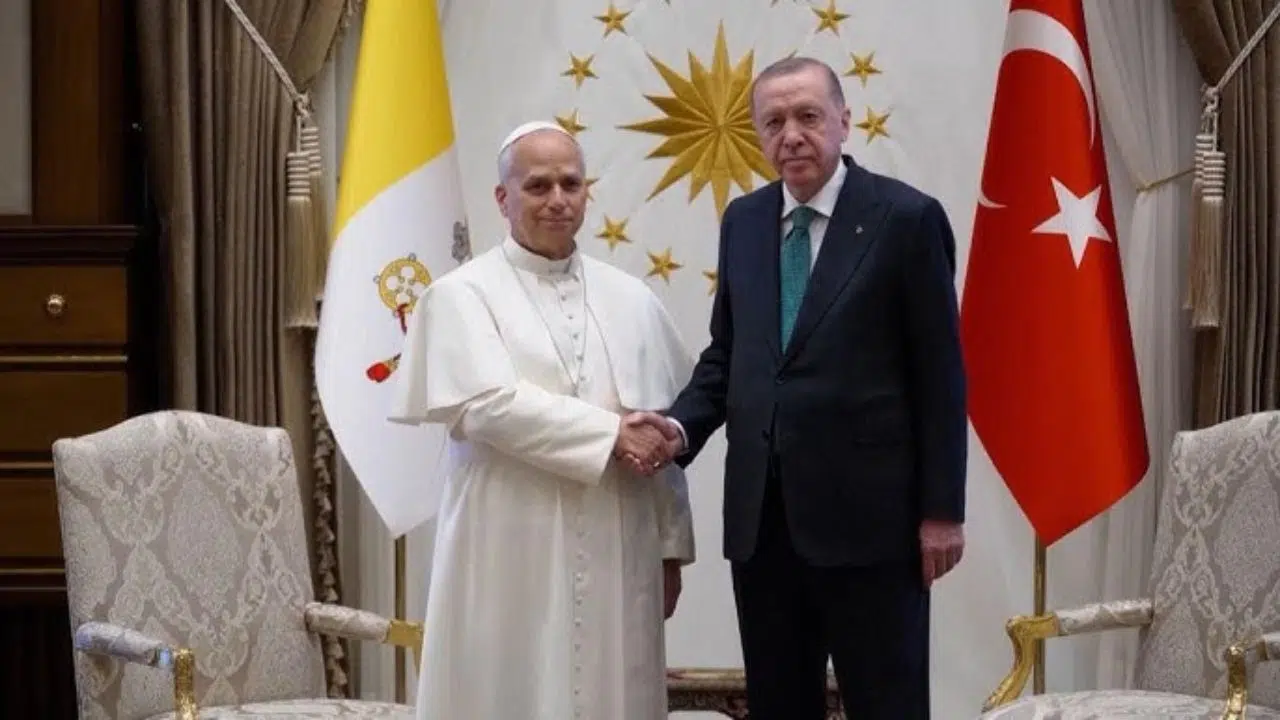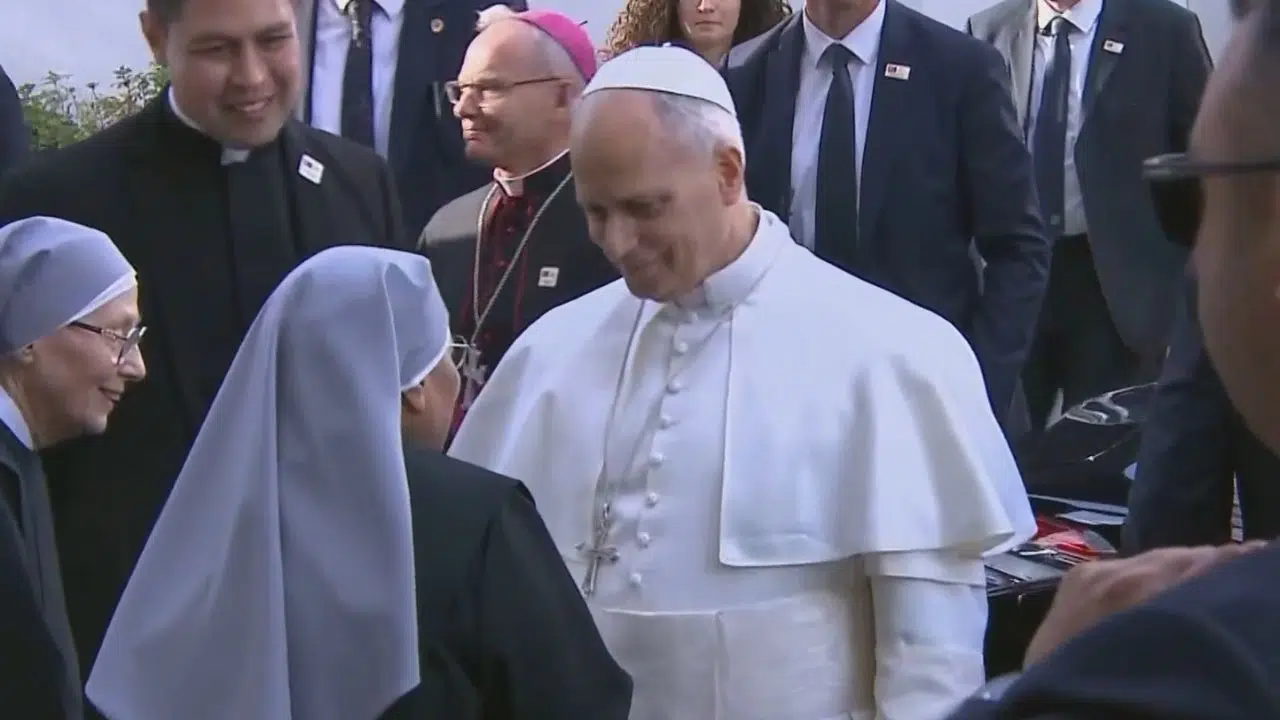For Pope Saint John Paul II, Corpus Christi was not just a simple celebration. It’s a story that goes beyond ecclesiastical symbolism, not only because of the meaning of the solemnity itself, but also because of the importance the Polish Pope placed on the procession.
It all goes back to his time as Archbishop of Krakow, a city with a tradition of taking to the streets for Corpus Christi, even before World War II.
However, with the arrival of communism, this tradition was banned. As cardinal, Karol Wojtyła fought to restore the procession of faith through the city center.
In Italy, these processions had been celebrated since the 13th century. Just look at these paintings depicting such events in various Italian towns. But over time, in Rome, the tradition began to fade.
When Pope Saint John Paul II arrived at the Vatican, he revived the procession of Corpus Christi and continued the procession each year almost until his death. One year before his death, you can see him here: the Polish pope was already very frail, but he did not want to miss this occasion.
In fact, there’s an anecdote from that 2004 procession. Pope Saint John Paul II stood in front of the monstrance on the popemobile and wanted to kneel.
He asked the master of ceremonies, who told him it was too risky because of the vehicle’s instability. A few seconds later, the Pope responded: “Jesus is there—please.”
Two attendants helped him kneel at the kneeler, but because he couldn’t stay upright, he had to sit back down. Still, the gesture became a part of the lasting memory of Corpus Christi.
But perhaps what had the greatest impact was that, after the Polish Pope's first Corpus Christi procession in Rome, the communist authorities allowed the people of Krakow to take to the streets for the celebration once again.
